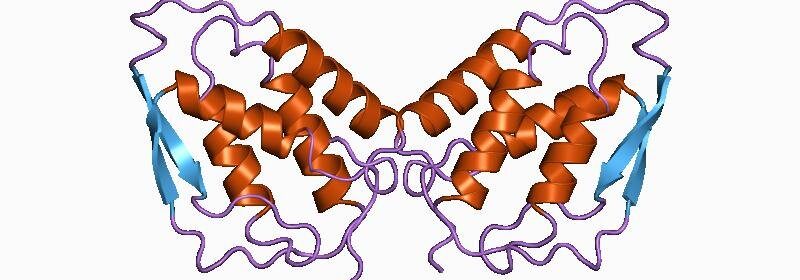Fingerprint of multiple sclerosis immune cells identified

Researchers at the University of Zurich have identified a cell population that likely plays a key role in multiple sclerosis (MS). T helper cells in the blood of MS patients infiltrate the central nervous system, where they can cause inflammation and damage nerve cells. This discovery opens up new avenues for monitoring and treating MS patients.
In multiple sclerosis (MS), dysregulated immune cells periodically infiltrate the brain of afflicted patients, causing damages to neural transmission and neuronal loss. If not properly monitored and treated, the disease leads to accumulating disabilities that ultimately greatly restrict the daily life of patients. Around 2.5 million people, many of whom young adults, suffer from the chronic autoimmune disease.
“Fingerprint” of harmful immune cells identified
There is a long-standing interest in identifying the “fingerprint” of the immune cells that characterize MS. An international team led by Burkhard Becher at the Institute of Experimental Immunology of the University of Zurich has now achieved this.
“We identified a specific population of white blood cells augmented in the peripheral blood of MS patients that have two properties characteristic of MS: They can move from the blood to the central nervous system and there they can cause inflammation of the nerve cells,” explains Becher.
Machine learning and high-dimensional cytometry
For their study the researchers used high-dimensional cytometry to characterize the immune cells. This technology makes it possible to analyze millions of cells in hundreds of patients and determine their immune properties—in other words, their “fingerprints.”
To be able to analyze the enormous amount of data in the first place, the scientists developed an innovative machine-learning algorithm. “Artificial intelligence and machine learning helps us to greatly reduce the data’s complexity, while the interpretation of results is left to the investigators,” says Burkhard Becher.
Key properties of dysregulated immune cells
Using this interdisciplinary approach the team of medical doctors, biologists and computational scientists was able to identify a population of immune cells in the peripheral blood of MS patients that differ from those in other inflammatory and non-inflammatory diseases. These dysregulated T helper cells produce a neuroinflammatory cytokine called GM-CSF and high levels of the chemokine receptor CXCR4 and the membrane protein VLA4.
“The cell population we identified therefore has two key properties that are characteristic of MS: The cytokine causes neuroinflammation, and thanks to the receptors the immune cells can get into the central nervous system,” explains Edoardo Galli, first author of the study. In addition, the researchers found this characteristic signature to be highly represented in the cerebrospinal fluid and in the brain lesions of MS patients, suggesting a direct contribution to the disease. Furthermore, effective immunomodulatory therapy strongly reduces this cell population.
Strong hints, but no proof yet
“Our data clearly indicate a stringent association of this signature to MS, and we believe that the identification of such an easily accessible biomarker brings important value for MS monitoring,” says Burkhard Becher.
Source: Read Full Article
